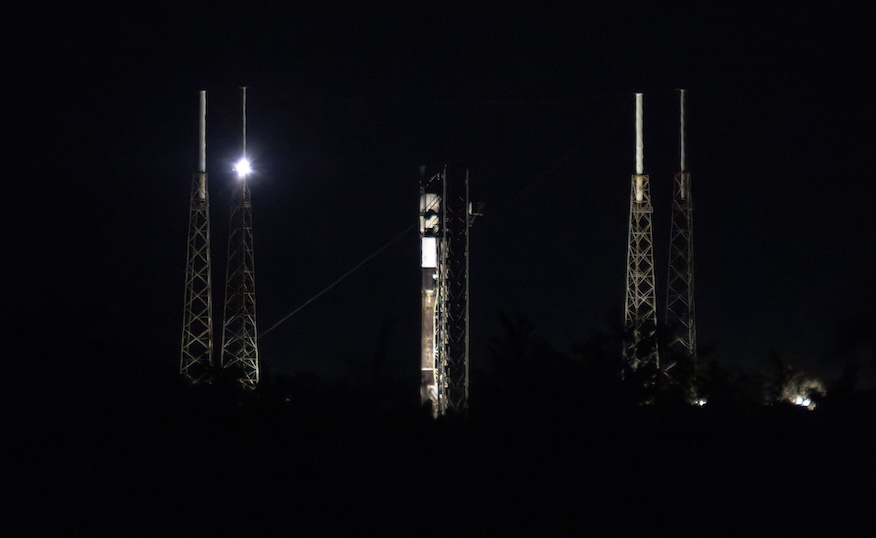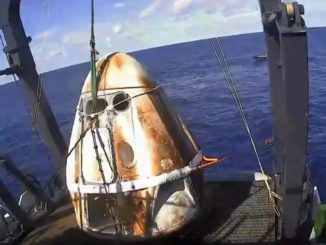
Update Aug. 4, 4:30 a.m. EDT: SpaceX landed its first stage booster on its droneship.
SpaceX passed another milestone in rocket reuse when it launched a Falcon 9 rocket from Cape Canaveral Space Force Station in the overnight hours of Monday, Aug. 4. The mission, dubbed Starlink 10-30, features the company’s 450th launch of a flight-proven booster.
That stat is a combination of both Falcon 9 and Falcon Heavy rockets. SpaceX first reused a Falcon booster with the launch of the SES-10 satellite on March 30, 2017, using the first-stage booster with the tail number 1021. That booster first flew on SpaceX’s eighth Commercial Resupply Services mission, a cargo flight to the International Space Station, on April 8, 2016.
The Starlink 10-30 mission meanwhile used booster 1080, which flew for a 21st time. Its previous flights include Axiom Space’s second and third private astronaut missions; the European Space Agency’s Euclid observatory; and 14 batches of Starlink satellites.
SpaceX launched the Starlink 10-30 mission from pad 40 at Cape Canaveral Space Force Station at 3:57 a.m. EDT (0757 UTC) on Monday, Aug. 4.
The 45th Weather Squadron forecast an 85 percent chance for favorable weather at liftoff. Meteorologists said there was a chance that cumulus clouds or anvil clouds could spoil the launch attempt and weather did nearly play a spoiler in the launch attempt.
“The low-pressure system with associated front has stalled and draped itself along southern Georgia. This system will continue to suppress the Bermuda High and keep the ridge axis to our south for today, which will keep us in a more southerly/southwesterly flow,” launch weather officers wrote on Sunday.
“Isolated thunderstorms and showers should be expected during the early to late afternoon hours that should dissipate much later this evening; however, slight instability and ample moisture still pose a chance for cumulus development in the overnight hours.”
Those storms persisted for the vast majority of the launch window, but things began to clear out over time. SpaceX was able to find a good enough pocket of weather to allow the mission to move forward.
Nearly 8.5 minutes after liftoff, B1080 landed on the SpaceX droneship, ‘Just Read the Instructions.’ This was the 131st landing on this vessel and the 485th booster landing to date.
The overnight launch was SpaceX’s 69th Starlink launch of the year. SpaceX has launched more than 1,650 Starlink satellites so far in 2025.



